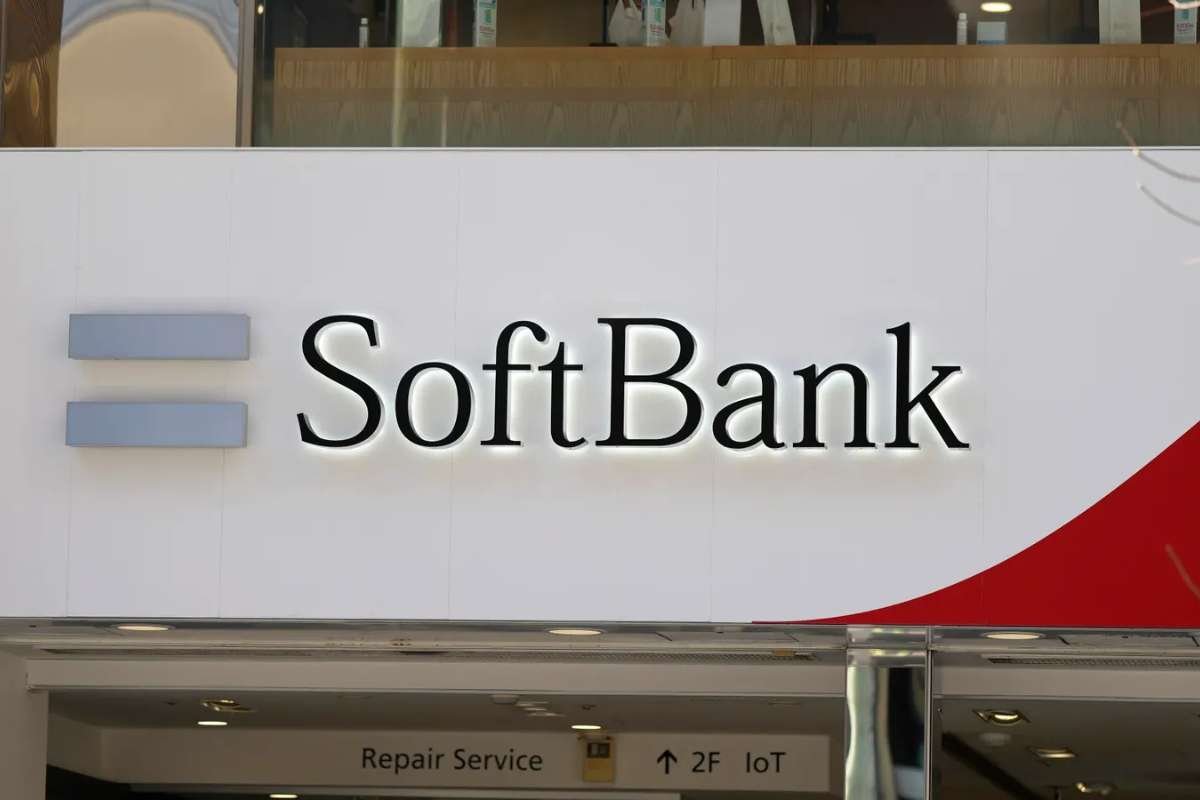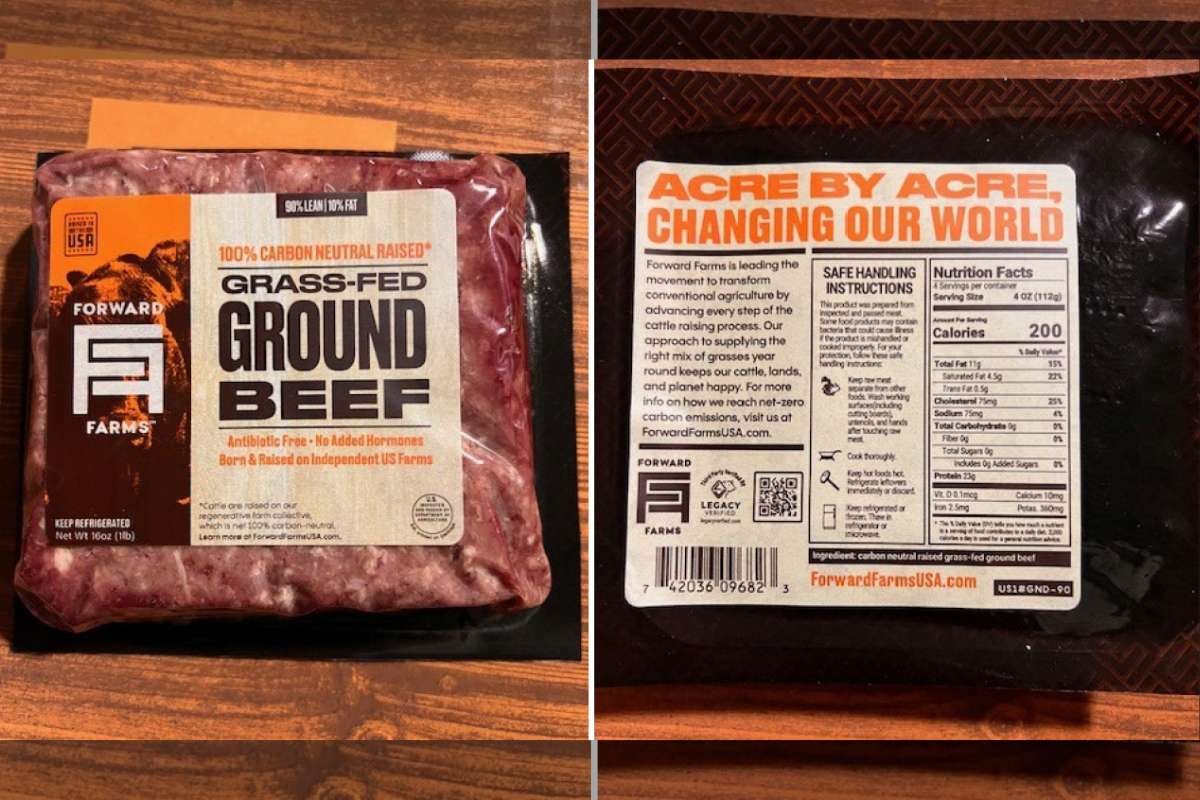In a high-stakes move just days before a looming Vietnam tariff deadline, former President Donald Trump announced on July 2, 2025, that the U.S. and Vietnam had reached a new trade agreement. The announcement, made via Trump’s Truth Social account, comes amid mounting pressure to finalize trade terms before July 9, when steep new tariffs were set to take effect.
Under the proposed framework, the U.S. will impose a 20% tariff on all Vietnamese imports, with an even steeper 40% duty on goods deemed to be “trans-shipped”—a practice where products from other countries are routed through Vietnam to avoid existing tariffs. In exchange, Vietnam tariff deadline would grant American companies full, tariff-free access to its domestic market, a point Trump underscored by claiming the U.S. would gain “TOTAL ACCESS” to sell goods like SUVs within Vietnam.
While the announcement was hailed by Trump as a major trade win, the Vietnamese government described it as a “framework agreement,” signaling that many details remain unsettled. Formal cabinet approval is still pending in Hanoi, and officials on both sides have yet to finalize enforcement mechanisms or define how trans-shipping violations will be monitored. Critics argue that the agreement’s sudden rollout was more politically motivated than economically sound, aligning closely with Trump’s push for a broader “One Big Beautiful Bill” tax-and-spending plan under congressional review.
Business and Market Reactions Mixed Amid Tariff Concerns
News of the deal initially sparked optimism in the markets, especially among U.S. companies with significant manufacturing operations in Vietnam. Shares of Nike, Lululemon, and Columbia Sportswear saw early gains following the announcement, given their reliance on Vietnamese supply chains. However, those gains quickly tapered off as markets absorbed the reality of a 20% base tariff, double the previous 10% rate under earlier Trump-era trade policies.
According to estimates from JPMorgan Chase, the new tariffs could cost U.S. mid-sized, import-dependent firms up to $82.3 billion annually. Retailers and wholesalers operating on slim margins are expected to bear the brunt of the added costs, potentially passing a significant portion, up to 60%, according to Goldman Sachs, on to consumers. This could increase inflationary pressures just as the Federal Reserve attempts to stabilize pricing after a volatile post-pandemic recovery.
For many business leaders, the deal introduces more uncertainty than relief. While it may curb some extreme tariff hikes, the broad definitions and sudden changes leave little room for long-term planning or supply chain stability.
Strategic Stakes and Unfinished Business
Strategically, the Vietnam agreement marks a key piece in Trump’s broader effort to reshape U.S. trade policy in his second term. It follows recent deals with the U.K. and ongoing negotiations with China, forming a trilateral approach to reduce the U.S. trade deficit and rein in what Trump has called “rampant trade abuse” by global partners.
Vietnam Tariff Deadline, one of the fastest-growing U.S. trade partners, exported roughly $114 billion worth of goods to the U.S. in 2024, compared to just $9.8 billion in American exports to Vietnam. The deal aims to balance that equation, but it comes with diplomatic and logistical hurdles. Direct talks between Trump and Vietnamese General Secretary Tô Lâm reportedly accelerated the agreement, yet much of the legal language, including rules of origin and anti-transshipment protocols, remains vague.
Analysts caution that if unresolved, these ambiguities could lead to trade friction and enforcement disputes down the line. Still, the deal signifies a dramatic shift in the U.S.–Vietnam relationship, and how both sides implement it in the coming weeks will likely determine its long-term success or failure.
While Trump’s Vietnam Tariff Deadline has been touted as a win for American exporters, it introduces significant economic and political complexity. With a tight timeline before the July 9 tariff deadline and major enforcement gaps still to be addressed, the agreement remains more of a high-stakes gamble than a fully realized policy victory.
Sources:
https://www.nytimes.com/2025/07/02/business/economy/trump-vietnam-trade-deal.html
https://www.cnn.com/2025/07/02/business/trade-deal-vietnam-trump


















